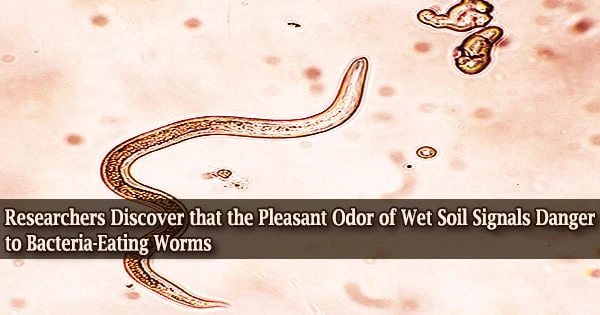Stress has been linked to changes in brain structure and function, including alterations in the activity of certain regions and the release of stress hormones. Long-term exposure to stress can also lead to negative health outcomes, such as depression, anxiety, and cardiovascular disease. However, more research is needed to fully understand the mechanisms underlying the link between stress and brain health.
A pathway in the brain that governs how animals, including humans, respond to stress has been confirmed by researchers. The findings could help researchers better understand the physical and mental health effects of chronic stress in humans. We’ve all felt paralyzed by a threat or danger at some point in our lives.
Researchers at the University of Iowa have discovered where that reaction to a threat occurs. A neural circuit connecting two separate regions of the brain governs how animals, including humans, react to a stressful situation, according to a new study. The researchers demonstrated how rats responded to a threat, either passively or actively, and linked each reaction to a specific pathway in the brain through experiments.
In another test, the researchers successfully manipulated the neural circuit, so that rats overcame what would have been a paralyzing response to danger and instead responded aggressively to the threat.
What that means is that by activating the pathway, we saw widespread stress-relieving effects. It not only restored the rats’ active coping behaviors, but it also significantly reduced stress hormone release.
Jason Radley
The neural circuit associated with stress response connects the caudal medial prefrontal cortex to the midbrain dorsolateral periaqueductal gray. Because of the known physical and mental health effects of chronic stress, establishing the connection and understanding how it regulates stress is critical.
“A lot of chronic stress diseases, like depression and anxiety disorders, are associated with what we call a passive coping behavior,” explains Jason Radley, associate professor in the Department of Psychological and Brain Sciences and the study’s corresponding author. “We know that a lot of these conditions are caused by life stress. The simplest reason we’re interested in this pathway is that it can promote stress resilience.”
Previously, the caudal medial prefrontal cortex-midbrain dorsolateral periaqueductal gray pathway was identified as a key pathway governing how animals respond to stress. Radley’s team validated the pathway’s importance by deactivating it and then watching how the rats reacted to a threat. The rats could respond in two ways. The first is passive, which means they did not move in response to the threat. The other is active, as evidenced by behaviors such as burying the threat (in the experiments, a shock probe), rearing up on hind legs, or seeking an escape route.

The researchers learned that when they inactivated the rats’ stress neural circuit, the animals responded passively, meaning they did not directly respond to the threat.
“That shows this pathway is necessary for active coping behavior,” Radley says.
The rats were then forced to respond passively by removing the bedding in their cage, preventing them from burying the threat mechanism. When the team activated the neural pathway, the rats changed their behavior and actively responded to the threat. The active response occurred despite the fact that the animals were left without bedding, which should have elicited a passive response. Furthermore, blood samples taken before and after activating the rats’ neural circuits revealed that their stress hormone levels did not spike when confronted with the threat.
“What that means is that by activating the pathway, we saw widespread stress-relieving effects,” Radley explains. “It not only restored the rats’ active coping behaviors, but it also significantly reduced stress hormone release.”
In a third set of experiments, rats were subjected to chronic variable stress, which meant they were stressed on a regular basis for two weeks. The rats were placed in cages and exposed to the threat after two weeks of conditioning. They reacted passively, unwilling to move, and their stress hormones spiked, just as the researchers predicted.
According to Radley, the chronic stress test is important because humans are subjected to chronic stress. Some people continue to carry those stress burdens for unknown reasons, which can lead to physical and mental disorders. Others, on the other hand, have little to no memory of chronic stress. This is referred to by the researchers as “stress resilience.”
“It’s possible that we could co-opt some of these brain circuits if we could understand the processes in the brain that can regulate resilience,” Radley says, adding that this is not an immediate possibility.
The researchers intend to look into the upstream and downstream neutral connections of the caudal medial prefrontal cortex-midbrain dorsolateral periaqueductal gray pathway. “We don’t know how these effects are affecting the brain more broadly,” Radley says.
















